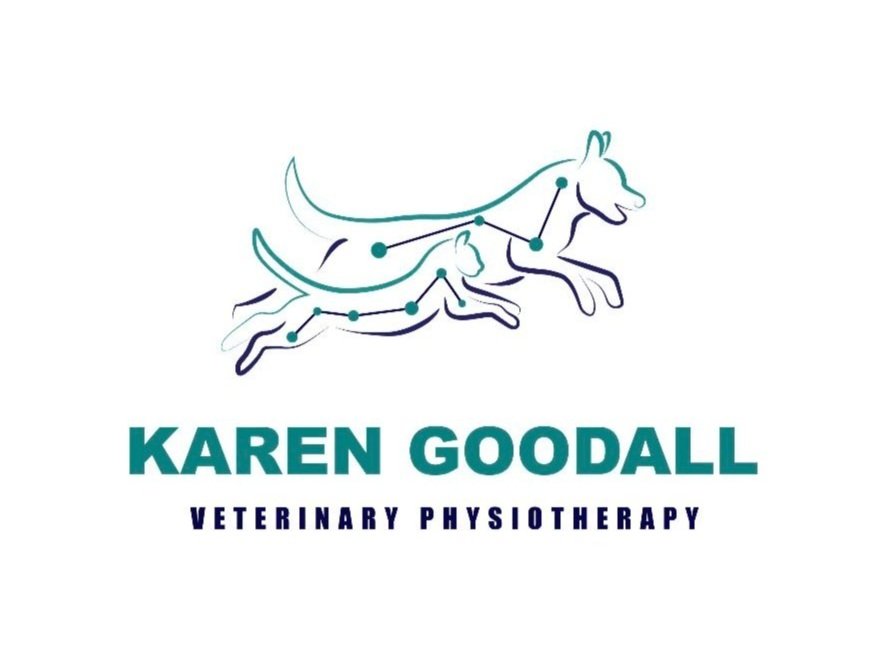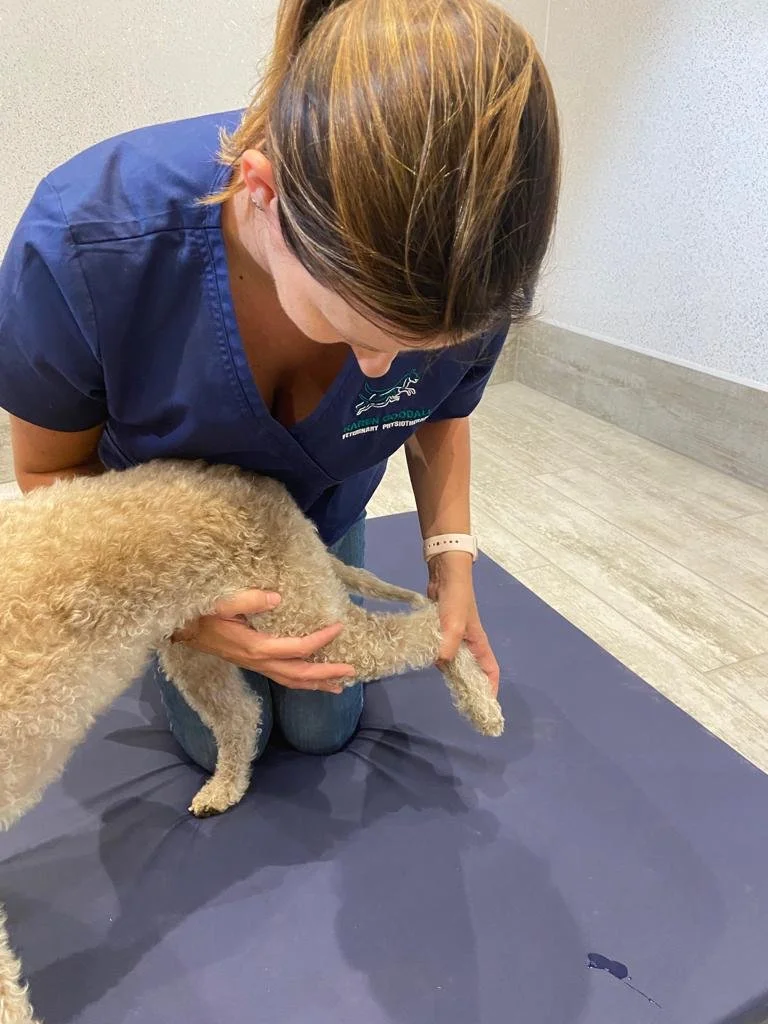
Treatments
Initial Assessment.
All appointments are carried out at your pets own pace, please allow around an hour for the initial assessment to allow them time to feel comfortable with our therapist.
The initial assessment includes stance and gait assessment and observation of functional activities in the normal daily routine. Hands on assessment techniques are then performed and include; palpation of soft tissues, assessment of joint function and neurological testing where appropriate. Along with your pets medical history this assessment enables us to identify problem areas and develop an individual treatment program tailored specifically for your pet.
Manual Therapies.
Manual therapies are frequently used and aim to reduce muscular discomfort and spasm, increase joint mobility and flexibility and reduce soft tissue adhesion’s. Manual therapies include:
Massage techniques
Passive range of motion
Myofascial release
Trigger point therapy
Passive stretches
Joint Mobilisations
Electrotherapies.
Electrotherapies come in a variety of forms, they work at a cellular level and can have many positive effects on your pets recovery. These may include providing pain relief, improved rate of healing for soft tissues and bone, improved nerve conduction, reduced inflammation and increased local blood flow. All electrotherapies are non-painful to the animal. Examples of electrotherapy include:
Pulsed Magnetic Field Therapy (PMFT)
Phototherapy
Class III Laser Therapy
Neuromuscular Stimulation
TENS
Thermotherapies.
Thermotherapies employ the use of heat, to increase blood flow and increase soft tissue elasticity, or cold to decrease pain and inflammation. Both therapies also achieve a pain relieving effect to provide relief of symptoms and are frequently used as part of a home therapy program.
Heat therapy
Cold therapy
Exercise Prescription & Rehabilitation Programs.
Exercise prescription forms an integral part of the physiotherapy program and exercises are prescribed individually according to your pets age, ability, condition and stage of healing. Exercises at home aim to compliment treatments during physiotherapy sessions and can be designed to have a variety of possible outcomes, including:
Improve muscle strength
Increase joint range of motion
Improve core stability
Improve balance and weightbearing
Improve proprioception and body awareness
Re-educate gait patterns
Actively stretch soft tissues





